Architectural gem Villa Tugendhat takes centre stage in The Affair
The Affair tells a story of love, friendship, life-changing decisions and the early life of an architectural masterpiece. The film is an adaptation of Simon Mawer’s acclaimed 2009 novel The Glass Room which was inspired by the dramatic events of wartime Czechoslovakia and how Villa Tugendhat, an icon of modernism, came into being.
This extensive film project took almost ten years from initial idea to completion. Directed by Julius Sevcik and with lead roles from an international cast (including Carice van Houten of Game of Thrones fame, Hanna Alström and Claes Bang), our ears pricked up when we heard it was set in and around the real Villa Tugendhat. This landmark building in the city of Brno was designed by German architect Ludwig Mies van der Rohe and Lilly Reich for Fritz and Greta Tugendhat between 1929 and 1930.
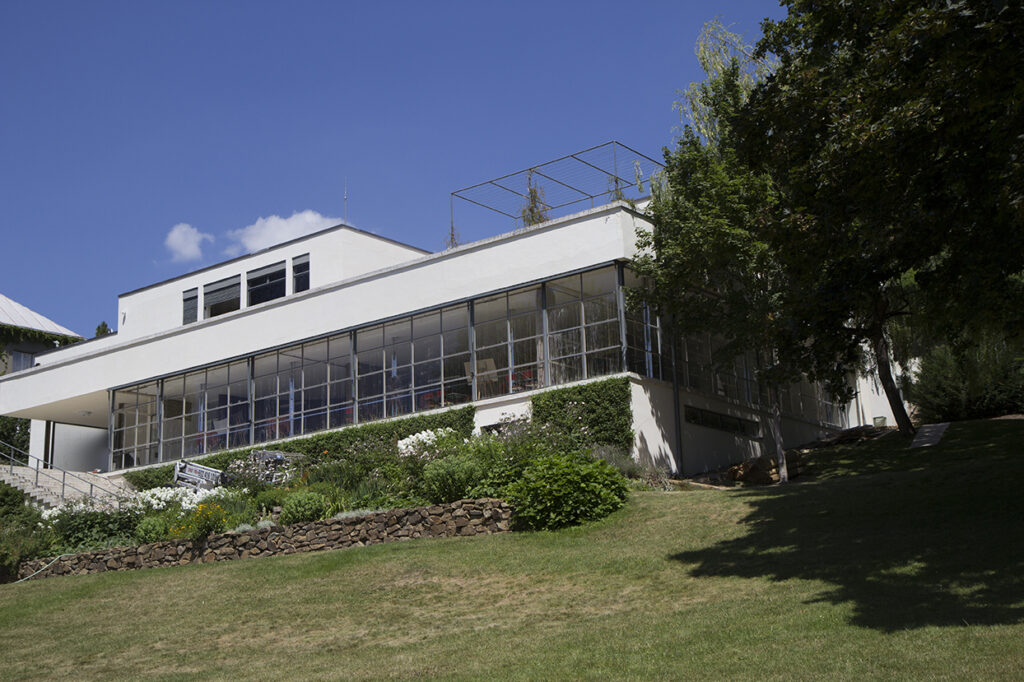
The story of Villa Tugendhat and it’s role in The Affair
The Tugendhats commissioned Mies van der Rohe to design and build their hilltop home on land given to Greta Tugendhat by her father Alfred Löw-Beer, a rich industrialist of Jewish origin who owned a substantial land and property portfolio including a large textile factory in southern Moravia. “I truly longed for a modern spacious house with clear and simple shapes. My husband was horrified by the idea of having rooms full of objects and cloths as he had known from childhood” said Greta Tugendhat. After the outbreak of WWII, most of the family escaped the Nazis and managed to emigrate (mostly to the UK). Alfred himself stayed behind in hope he would save the family fortune.
Set in the 1930s, the storyline of The Affair replaces the Tugendhats with the fictitious Landauers, a recently married couple who commission German architect Rainer von Abt (Karel Roden) to build a unique house. He creates an outstanding minimalist home made of steel and concrete – with a transparent glass room as its center. This beautiful and extraordinary room works as a metaphor for transparency, modernity and hopes of the newborn republic.
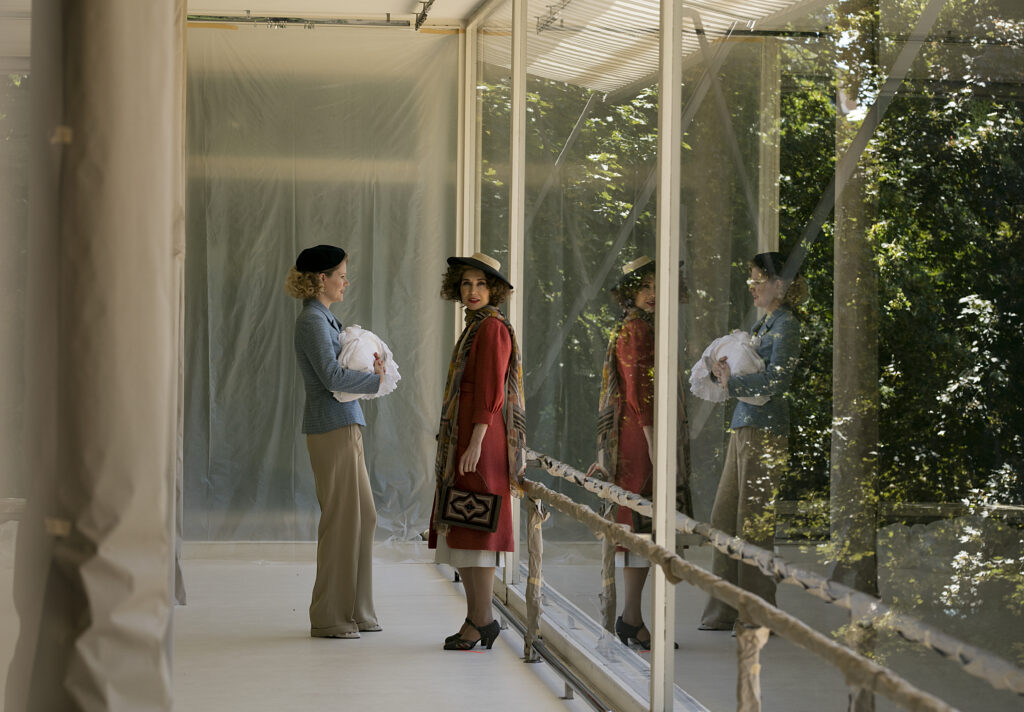
Director Sevcik says “My first idea was of a human experiment. For me, the villa was a metaphorical symbol of a test tube. Human lives are put inside and a chemical process mixes them up over time and changes them forever. I saw the villa as a space that literally forces people to be free. The inhabitants’ secrets, senses and desires come to life during the story. A historic story of passion that can lead to both doom and happiness, full of emotion and plot twists, struck me as ideal for a film adaptation.”
At first, Viktor and Liesel Landauer are filled with optimism and happiness. But as life intervenes, their new home also brings out their most passionate desires and darkest secrets. As Viktor searches for a warmer, less challenging comfort in the arms of another woman, and Liesel turns to her wild, mischievous friend Hana for excitement, the marriage begins to show signs of strain.
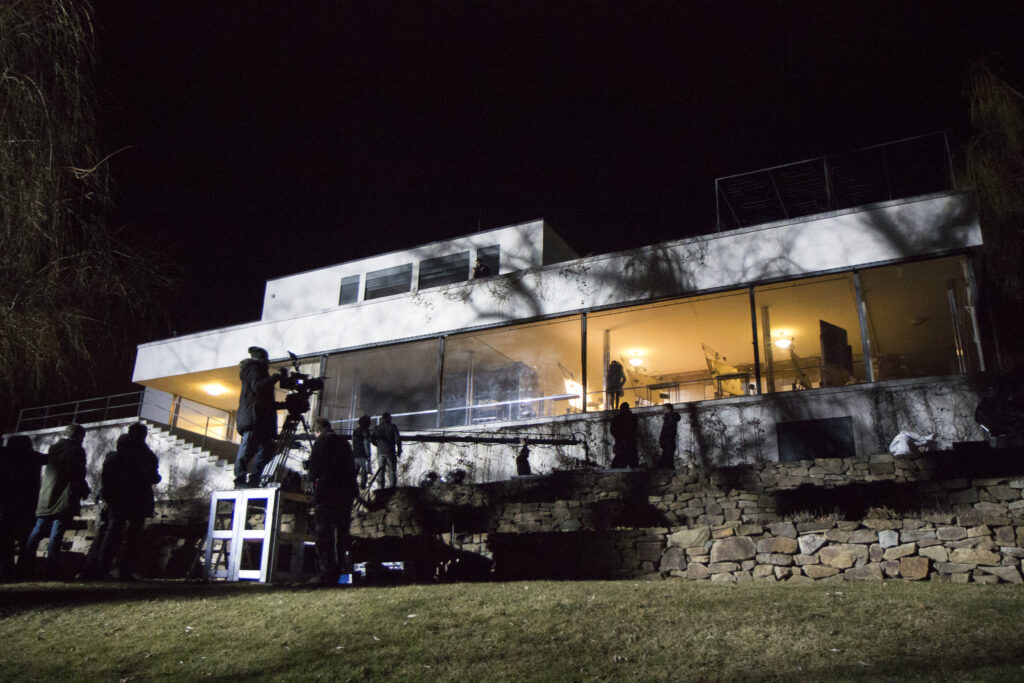
“The first time I read the screenplay, I loved how the house was almost the main character of the story” says Carice van Houten, “Its glass room being a metaphor for transparency, both in history and in emotion. In the villa there is nowhere to hide. Also I loved the fact that Hana is a very modern woman, and that really resonated with me.”
We asked the film’s Production Designer Milan Byček if he was familiar with the villa before filming: “I was personally familiar with the villa from architecture lectures at the Brno Faculty of Architecture in the 1980’s. The city of Brno has plenty of those functionalist buildings. I even visited the villa with my classmates on an unofficial excursion in those years, but only the poor condition of the dilapidated building was visible. But for the purposes of the film, we were inspired by books and photographs, with which we have created decorations and illusions of individual historical stages of the villa according to the story” he told us.
Filming and furniture of The Affair
Filming took place over 33 days in the real Villa Tugendhat and other locations in Brno, as well as in Prague, Pilsen, at the Lednice chateau and park and at Chateau Kotěra.
We find some of modernism’s most celebrated furniture pieces inside the villa. Some of the original furniture designed by Mies van der Rohe and Reich specifically for the villa were removed by the Tugendhats when they fled from the Nazis. Other furniture disappeared from the villa during the Second World War.
Between 2010 and 2012 Villa Tugendhat underwent renovation and restoration work to restore the structure and the adjoining gardens to their original appearance. The interiors were then equipped with exact replicas of the original furnishings designed in 1930-31, and in 2015 The City of Brno acquired four of the original pieces designed for the villa – a bench made of white painted wood, a coffee table of strip steel with a glass top and an elegant chaise longue of bent tubular steel with red upholstery attached with leather straps with buckles all designed by Mies van der Rohe, and a white sideboard with bearing steel tubes and glass sliding doors designed by Reich.
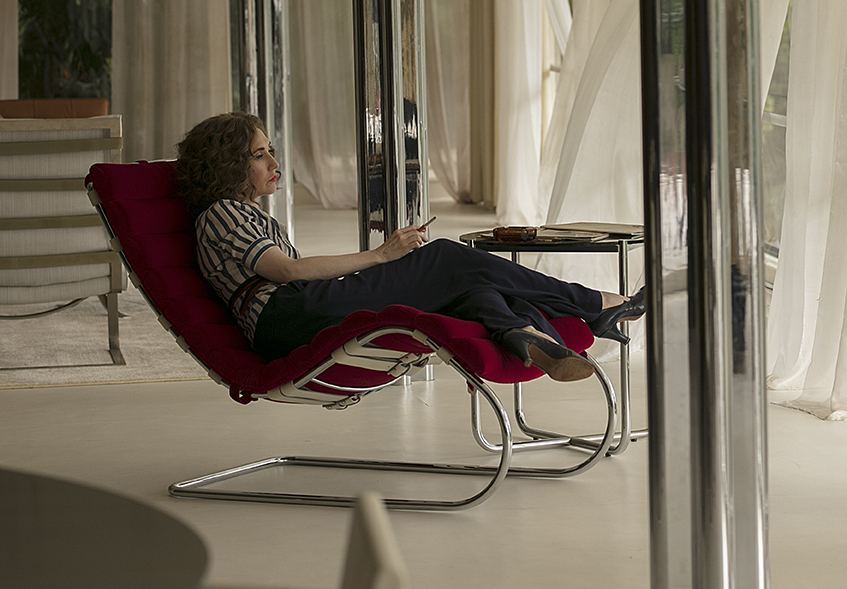
The chaise longue is part of the MR Collection and represents some of the earliest steel furniture designs by Mies van der Rohe. The choice of material was inspired by fellow Bauhaus master Marcel Breuer, while the forms are thought to be modern derivatives of 19th century iron rocking chairs.
Other classic furniture pieces seen in The Affair include the Barcelona chair, designed by Mies van der Rohe for his German Pavilion at the Barcelona Exposition of 1929 and now one of the most recognised objects of the last century. The simple elegance and graceful profile has made it a widely celebrated modern lounge chair that epitomises Mies van der Rohe’s most famous saying ‘less is more.’ The cushions are made from 148 separate pieces of leather and the chromed stainless steel frame is hand buffed to a mirror finish.
The original Barcelona armchairs were replaced for filming with colour-muted replicas, as were most of the other pieces uses frequently used by actors. The rooms on the first floor in the bedroom and the children’s room were dressed with period furniture acquired by Byček and his team from antique stores and warehouses from the Czech Republic and surrounding European countries.
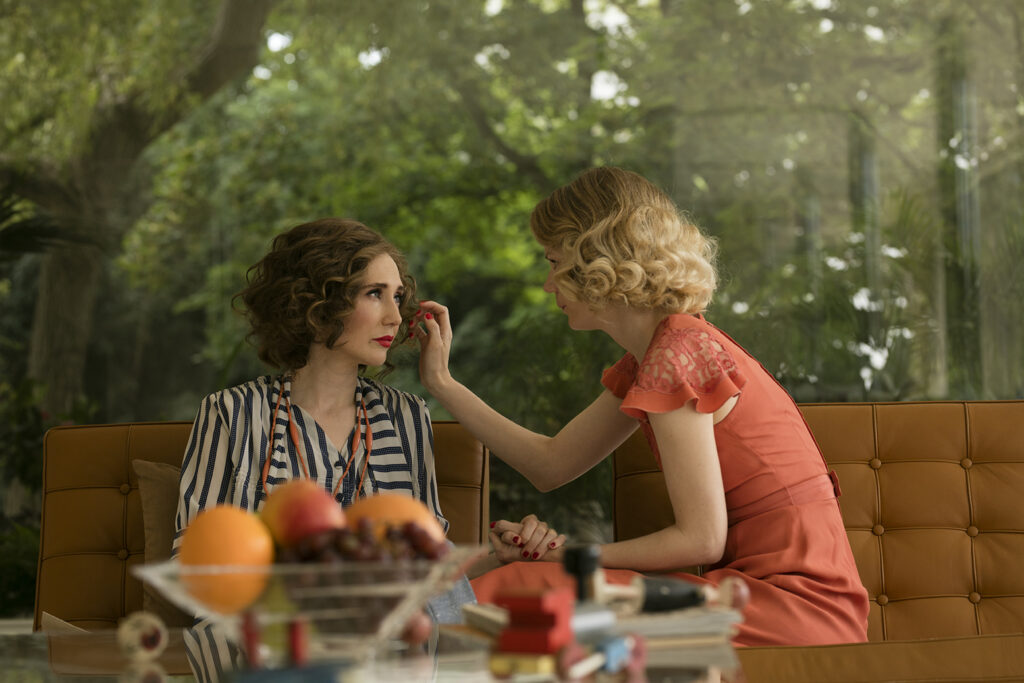
Glimpses of the Tugendhat Chair are also caught in the film. This modernist cantilever chair also designed by Mies van der Rohe and Reich was specifically designed for the Tugendhat house. It’s somewhat of a hybrid of the Barcelona chair and the Brno chair with a large padded leather seat and back, supported by leather straps mounted on a steel frame and legs. The frame however, more like one variant of the Brno chair, is flat solid steel formed into a C-shape under the seat to create a cantilever.

Other modernist furniture in the original house included the Tugendhat coffee table (sometimes called the Barcelona coffee table) and the aforementioned Brno chair.
We asked Byček to share with us his own personal favourite pieces of furniture from the house: “I really like all the atypical pieces of furniture, which are firmly built into the villa and which were made especially for its interiors rather than those from a large production run. For example, the round dining table made of ring segments, whose diameter can be easily changed by adding segments to adjust the number seats at the table according to the occasion and the number of people sitting. Also the very modern kitchen and the built-in library with a built-in seating area in the working part of the living room” he told us. “A more detailed inspection of these pieces allows one to admire the quality and sophistication of their craftsmanship down to the last detail. Thanks to that, these pieces have survived to this day in good condition” he adds.
Discover where to find contemporary and vintage versions of all the modernist furniture featured in The Affair‘s Tugendhat house in our store >
Carefully does it
Every care had to be taken during filming in Villa Tugendhat to ensure that the UNESCO-listed building was not damaged. A new linoleum floor covering, the exact colour of the original, had to be laid on the floor of the Glass Room to protect the original and false partitions were also installed.
“The biggest challenge for us was to protect the condition of the beautifully renovated villa, so we had to plan the filming to the smallest detail and come up with ways to create the illusion of all the stages that the villa goes through in the story” Byček told us. “Some of these stages show great signs of destruction. We also had to create various protective structures around the exposed building parts and furniture, especially the built-in ones, against damage during shooting.”
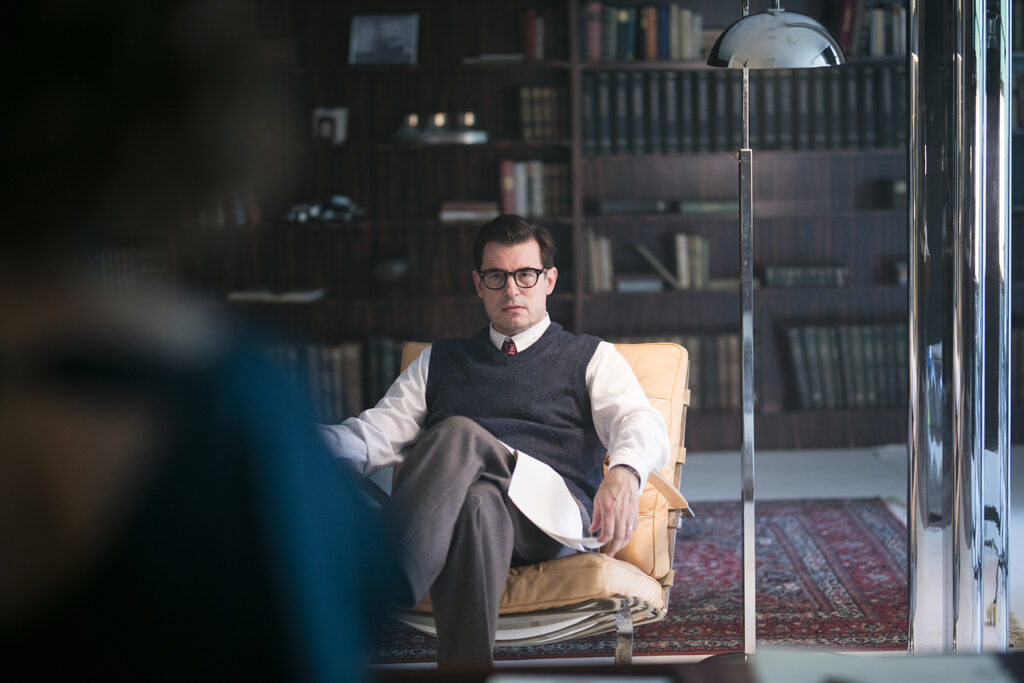
No eating or drinking was permitted in the villa during filming and everyone had to be extremely careful in their movements. Security was also tight. Every crew member had a wrist band to identify them as being part of filming and the entire building was guarded. At one point the director of Villa Tugendhat was refused entry because she wasn’t wearing a wrist band as the external security service didn’t know who she was!
In one of the key scenes in the film a window is broken. The scene was shot with the aid of an ingenious mechanism that removed the original window. A false window frame was installed in its place, and its glass was broken.
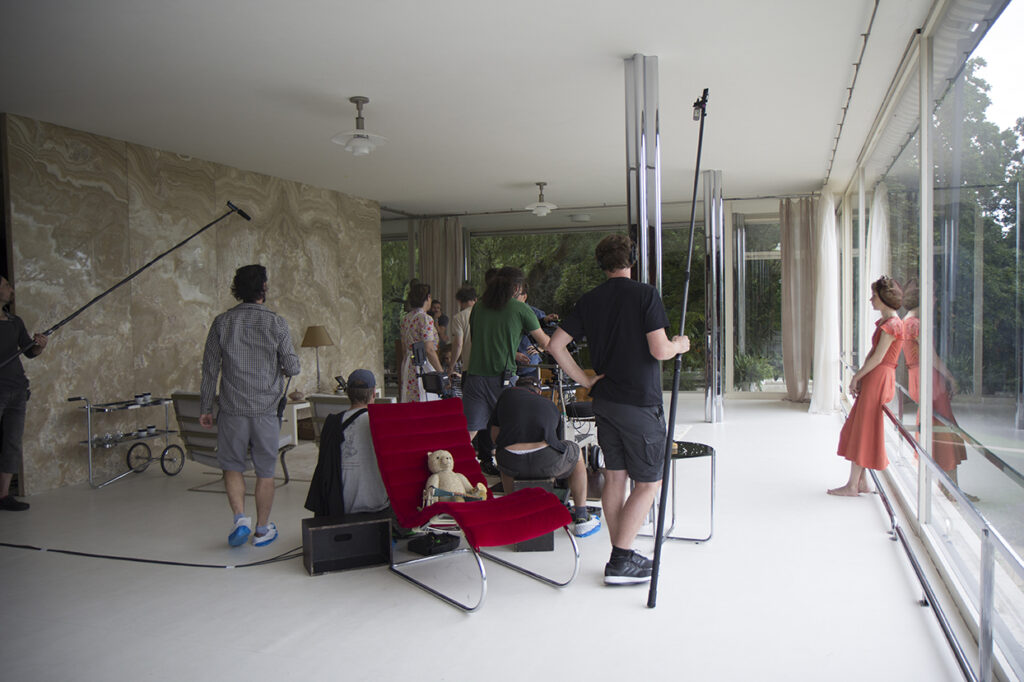
In another scene we see the Villa’s famous ‘onyx wall’ come to life. This beautiful honey-coloured, yellow rock with white veins which was mined from the Atlas Mountains in Morocco and is actually aragonite sediment (calcium carbonate). Mies personally supervised the exact cutting and placing of the slab so as to allow the lines of the stone to stand out properly. The special characteristics of the onyx are intensified during the certain sunny days when the stone becomes semi transparent and veins in the stone shine red when lit up from the front by the sunset.
“It is impossible to articulate how the onyx wall comes to life” say Byček, “it simply has to be experienced. And thanks to The Affair viewers can experience it on screen thanks to the beautiful work of the DOP Martin Štrba. The best thing to do is find yourself completely alone in the room, sitting in front of the onyx wall in the sunny backlight, with the company of a pictorial symphony of flashing surfaces and the changing colour of the onyx wall using only natural special effects.”
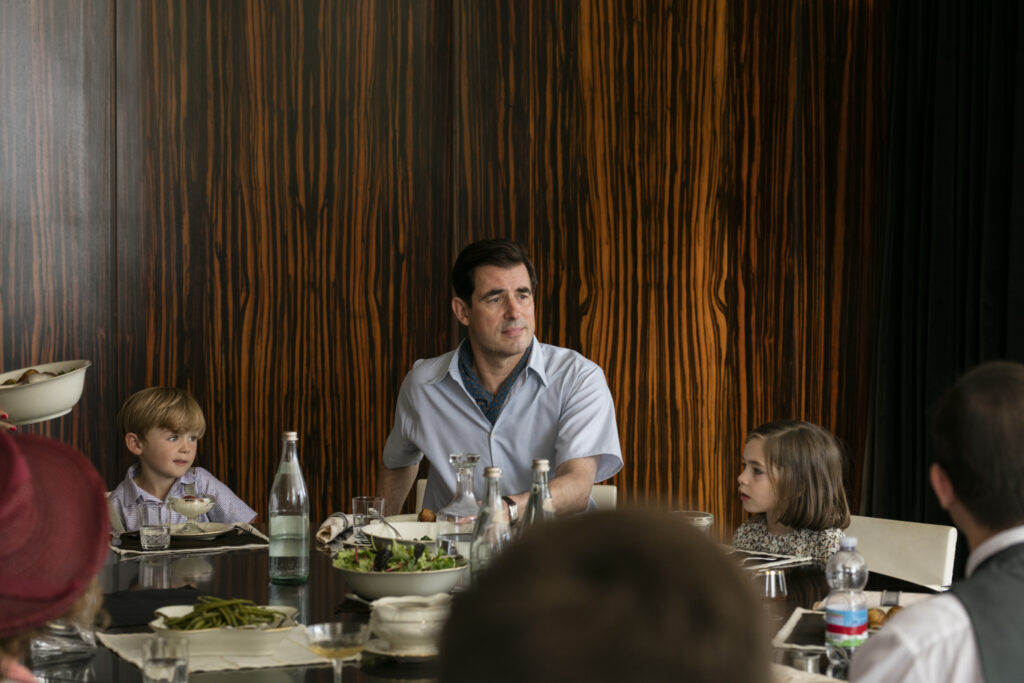
As the film progresses, the honesty and idealism of 1930s quickly evaporate beneath the clouds of World War II. Nazi troops enter the country and the family must leave their old life behind and attempt to escape to America before Viktor’s Jewish roots draw Nazi attention, and before the family itself dissolves.
“Everything that shapes the fates of Hana and Liesel is in some way linked to the villa and its glass room which, in the fictitious world of the film, is the work of a visionary architect called Von Abt,” says Rudolf Biermann, the film’s producer. “But the word room here means more than just part of a house. If our life plays out in a transparent glass space, we break away from established rules and customs,”
Villa Tugendhat is a UNESCO World Heritage site. Find out more and book your visit at the Villa Tugendhat website.
The film is available now as VOD and you may also like to read the book The Glass Room.



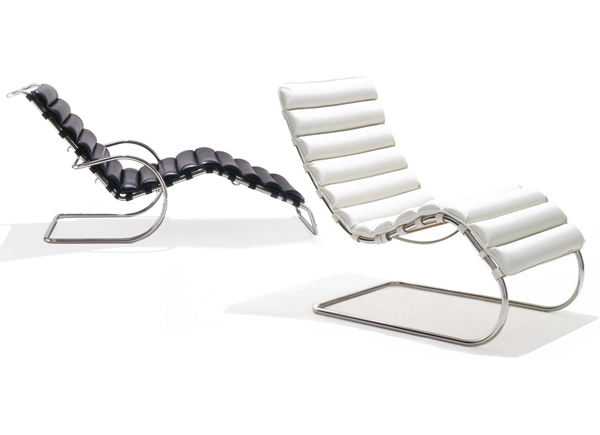
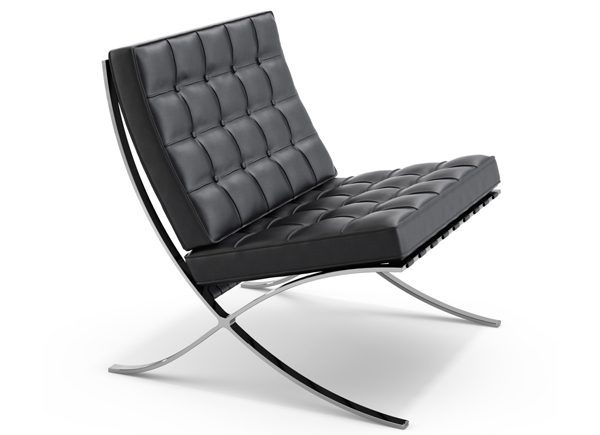

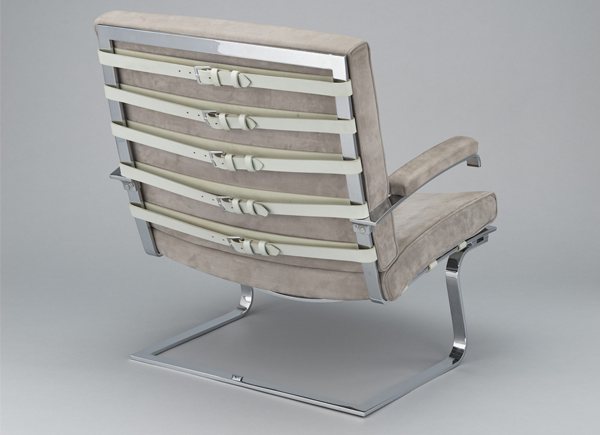

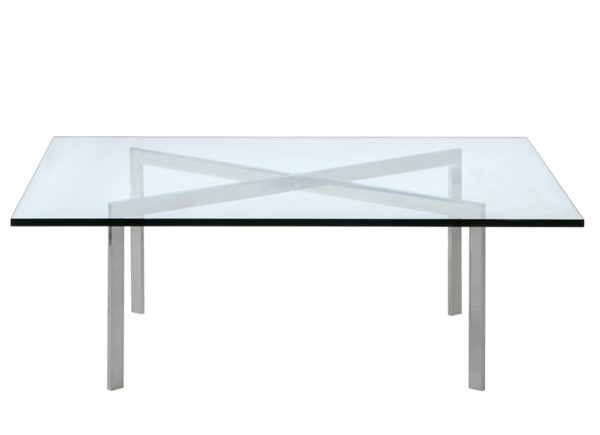


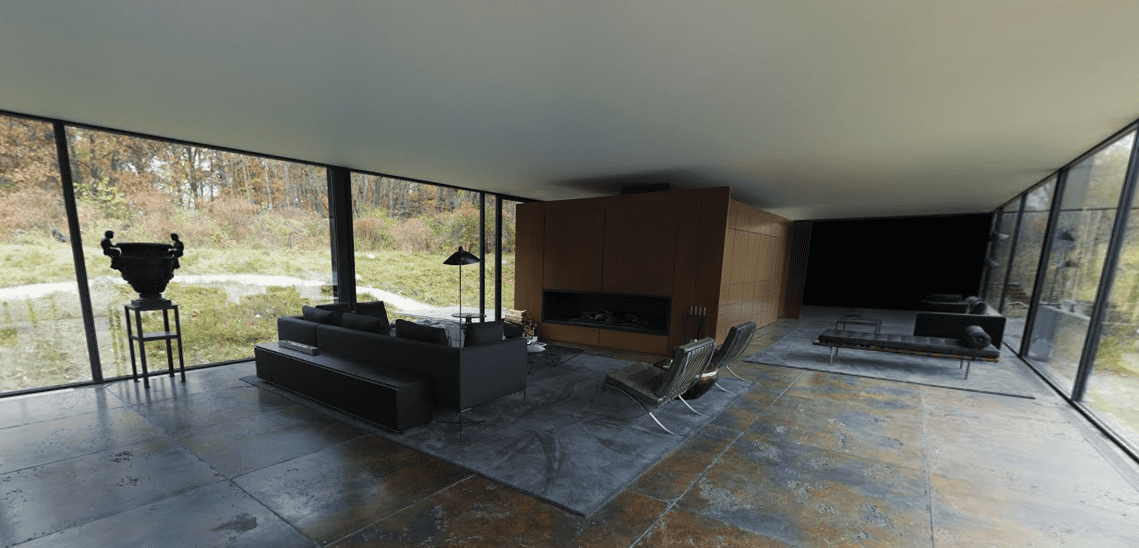
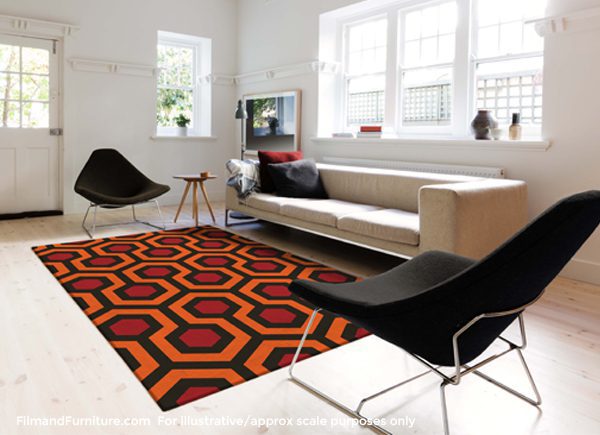

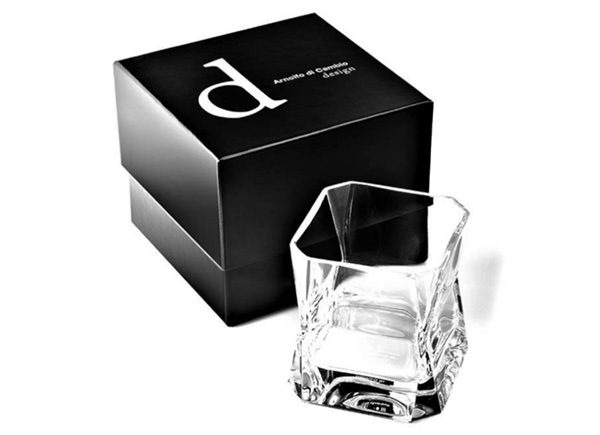
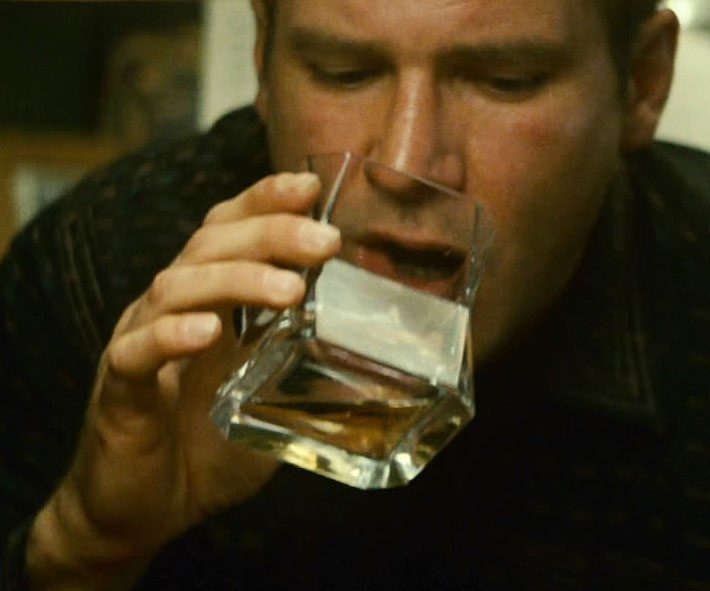
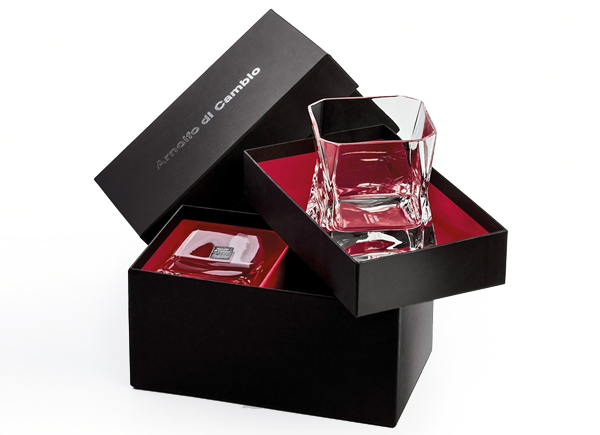


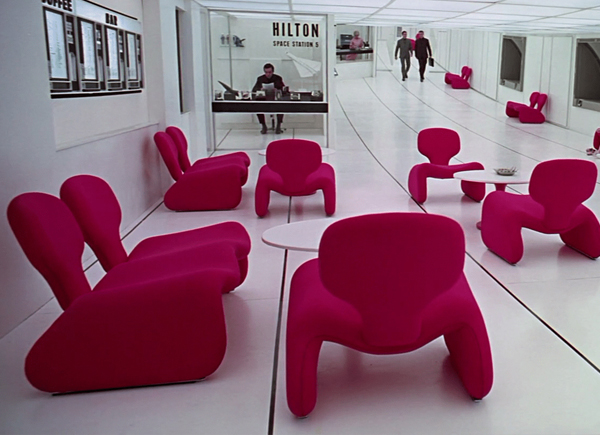

 Facebook
Facebook Twitter
Twitter Instagram
Instagram Pinterest
Pinterest RSS
RSS